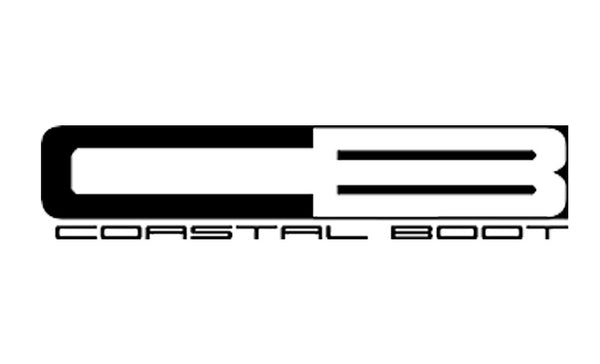News
Hiking Boots Shopping Guide
Choosing the perfect hiking boots can sometimes be a daunting task. The right hiking boots will match your hiking ambitions, will fit well, and are comfortable enough to wear for...
Hiking Boots Shopping Guide
Choosing the perfect hiking boots can sometimes be a daunting task. The right hiking boots will match your hiking ambitions, will fit well, and are comfortable enough to wear for...
What Will a Manufacturer Warranty Cover?
When a customer purchases a pair of boots from a store (or online retailer) they expect that their new boots are going to live up to their expectations. The boots...
What Will a Manufacturer Warranty Cover?
When a customer purchases a pair of boots from a store (or online retailer) they expect that their new boots are going to live up to their expectations. The boots...
Don’t Let a Little Rain Ruin Your Ride – Wear t...
It’s almost the weekend and you and your friends have been planning a ride for months now. There’s only one issue, the forecast for this weekend is calling for rain...
Don’t Let a Little Rain Ruin Your Ride – Wear t...
It’s almost the weekend and you and your friends have been planning a ride for months now. There’s only one issue, the forecast for this weekend is calling for rain...
3 Tips for Finding the Perfect Hunting Boots
When you’re our hunting you may have to walk through dirt, mud, water, or even snow. It’s important that you have a pair of boots that keep you comfortable and...
3 Tips for Finding the Perfect Hunting Boots
When you’re our hunting you may have to walk through dirt, mud, water, or even snow. It’s important that you have a pair of boots that keep you comfortable and...
Is a Shoe Really Just a Shoe? Not in the Workplace
Sigmund Freud once said “sometimes a cigar is just a cigar.” By that he meant that sometimes a person just wants to smoke a good cigar, so no one should...
Is a Shoe Really Just a Shoe? Not in the Workplace
Sigmund Freud once said “sometimes a cigar is just a cigar.” By that he meant that sometimes a person just wants to smoke a good cigar, so no one should...
The Best Construction Work Boot
“A man is only as good as his tools.” Construction workers acquire a large collection of quality tools throughout the years. They have certain tools that they use in...
The Best Construction Work Boot
“A man is only as good as his tools.” Construction workers acquire a large collection of quality tools throughout the years. They have certain tools that they use in...
